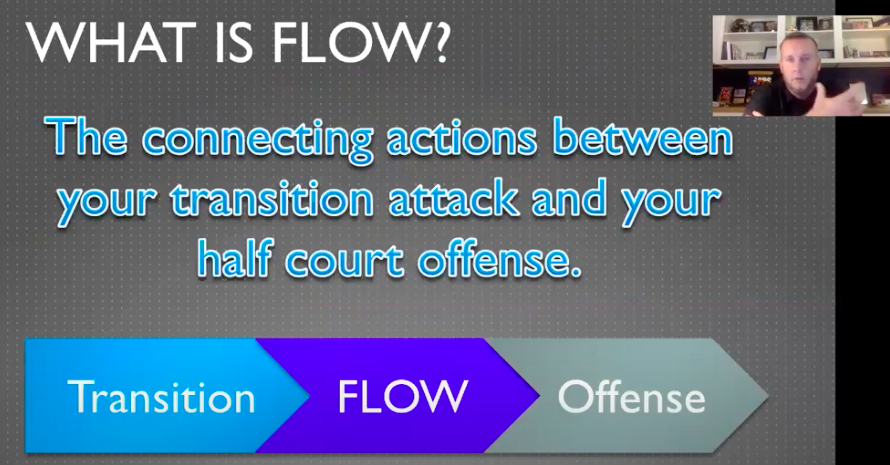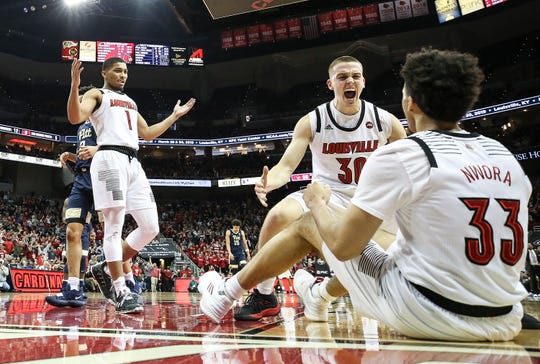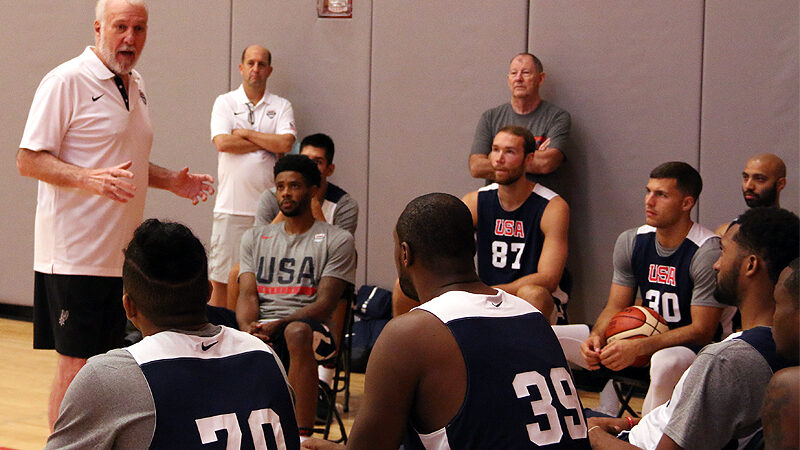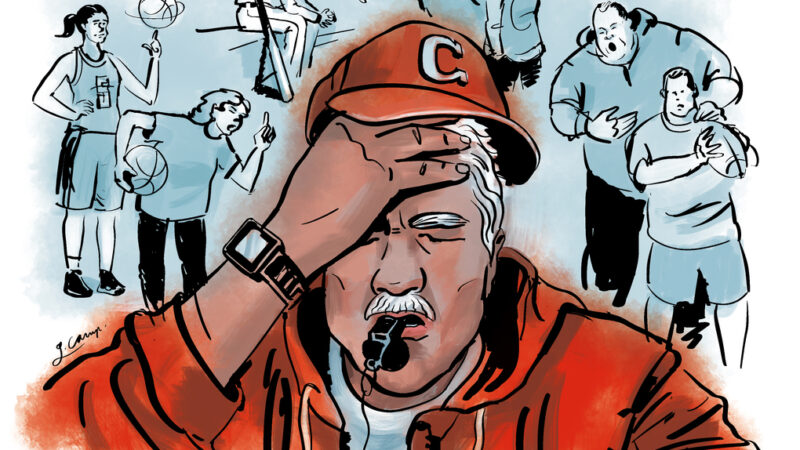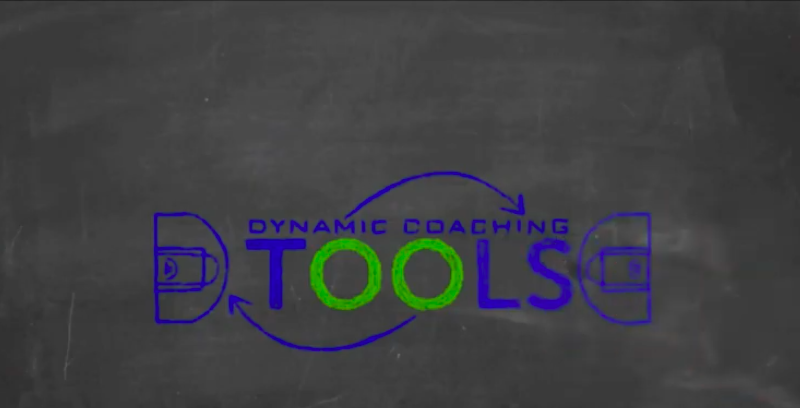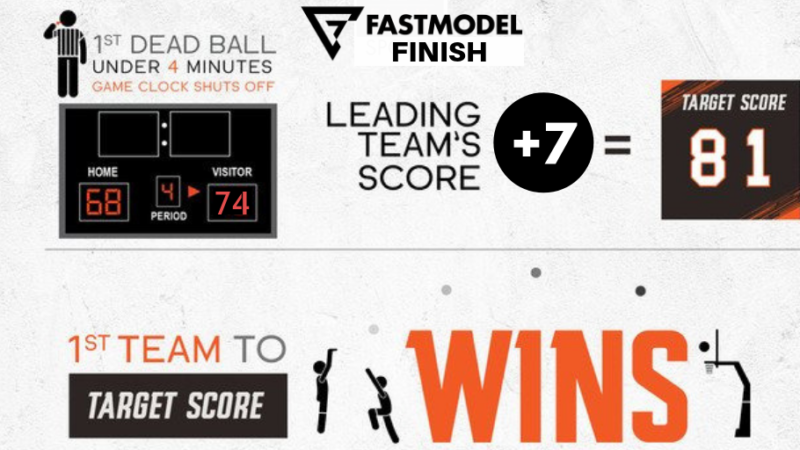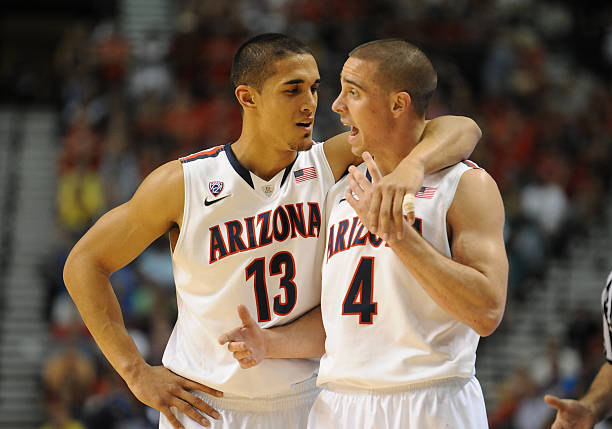Teaching with IF/THEN | Dribble Penetration
One of the keys to playing advantage based basketball is teaching players how to read the defense. A terrific teaching tool for this is using IF/THEN reactions. This simplifies decision making and allows players to easily understand the different reads in a game. On dribble penetration, here are some simple reads, with a video to break it down.
- IF you don’t see a chest in the lane, THEN go score
- IF you see a chest in the lane, THEN share the advantage
- IF the help defender helps up, THEN dump it off
To learn more about advantage based basketball, go follow Dynamic Coaching Tools on Twitter and Instagram.



